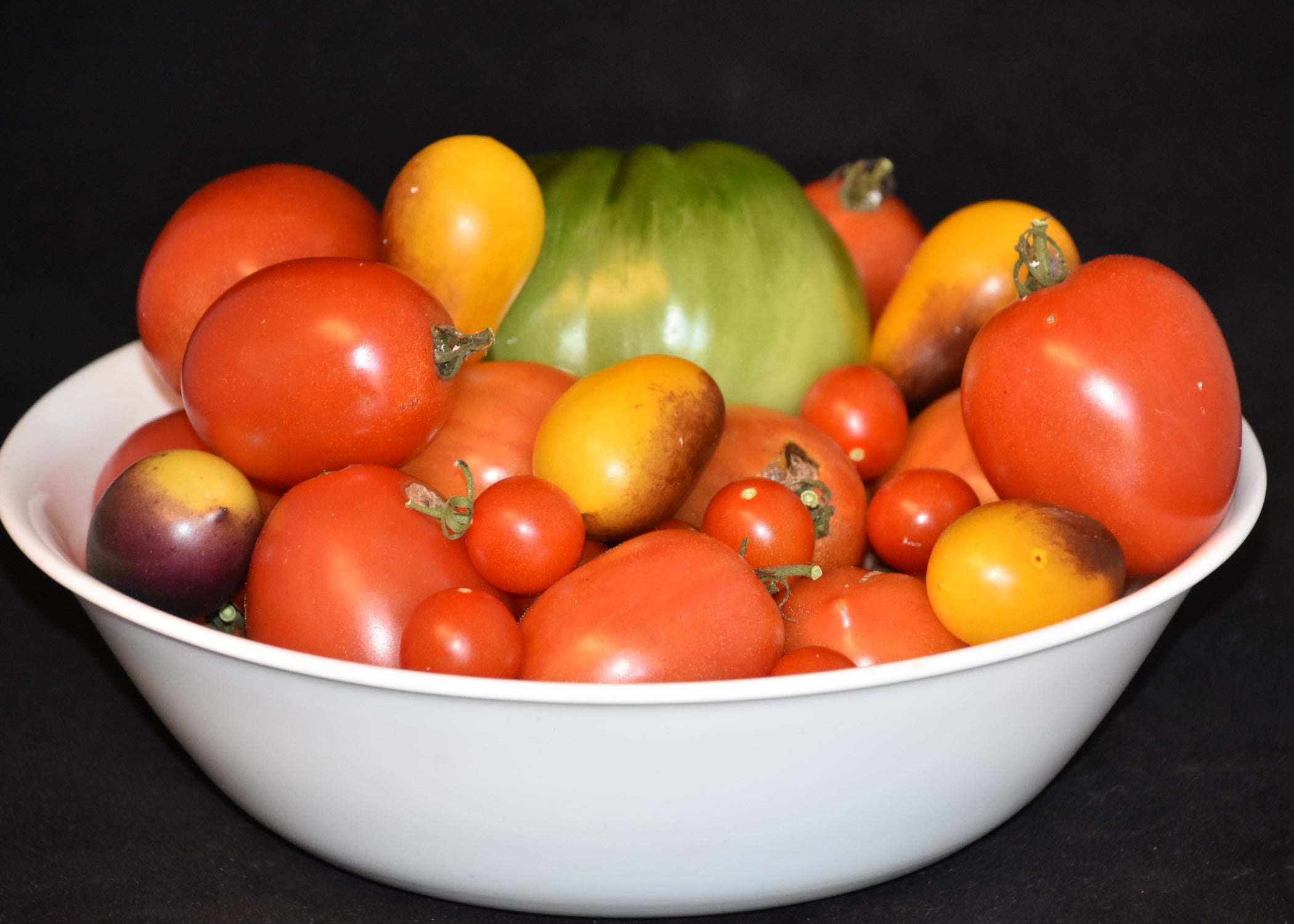Be thankful for garden’s beauty and performance
Published 3:49 pm Monday, November 22, 2021

- TOMATOES -- Fall tomatoes growing where temperatures have not yet gotten really cold are still producing fruit. These include the Garden Gem, Texas Wild Cherry and Indigo Kumquat. (Photo by MSU Extension/Gary Bachman) Alt text -- A white bowl is filled with small tomatoes in a variety of colors.
By Gary R. Bachman
MSU Extension Service
This Thanksgiving week, I’m recovering from a particularly nasty infection in my leg. I’m not looking for sympathy, but it has given me the opportunity to think about what I’m thankful for in the garden and landscape.
This past weekend, the weather was glorious on the Coast, and I hobbled through my garden, which I hadn’t seen for a week.
I found that since we haven’t had any real cold weather, my fall tomatoes are loaded and still producing fruit. I’ve shared my thoughts on the Mississippi Medallion winner Garden Gem tomato in the past. This plant produces beautiful, 2- to 3-ounce plum tomatoes and tolerates the heat and humidity of summer.
But here we are at Thanksgiving, and Garden Gem is producing in the cooler fall season, too.
Another tomato that surprised me was my Texas Wild Cherry. This is an older, native tomato from southern Texas that was very productive in my garden this summer.
Maybe the prettiest tomatoes in my garden are the Indigo Kumquats. This hybrid cross results in oval fruit with a tangerine color and indigo-purple shoulders. This tomato was judged the favorite several years ago at a tasting event held at the Mississippi State University Trial Gardens in Starkville.
I was also glad to see that my fall-sown nasturtiums were starting to flower. I direct seeded a variety called Fordhook Favorites Mixed. The first to open was a bright-yellow bloom with a reddish throat. I’m looking forward to others in orange, red and coppery brown.
I like nasturtiums because they require very little attention and are edible. Each flower has a long spur on the back that contains sweet nectar. The flowers held on long stems seem to float above the dark-green, peppery-tasting foliage.
Another thing I’m thankful for are the connections I’ve made with people, as well as the stories most of the plants in my home garden can tell.
New to me this year is trying to grow a Black Italian Fig, which I received via a plant trade from a California online friend whom I’ve never met in real life. She sent me cuttings from her more than 30-year-old tree, which she grew from cuttings from the tree her grandfather had originally planted many years before that. The pressure is on me now to grow these figs in south Mississippi.
Most home gardeners in Mississippi have heard of the citrus kumquat, and many grow this selection. But I’m growing a citrus with a twist. I have a limequat tree, and this weekend, I was pleased to see that its fruit is starting to ripen.
I obtained this fairly rare citrus from an old Clemson University classmate and world-class crinum grower, Jenks Farmer. I wrote about Jenks and his crinum farm in 2019: http://extension.msstate.edu/n
Limequats are a result of hybridizing West Indian lime — key lime — and kumquat. From a historical perspective, there are three selections: Eustis, Lakeland and Tavares. The crosses were originally made in 1909 at a U.S. Department of Agriculture facility in Florida. I don’t know which one I have, but it doesn’t matter because I’m growing a limequat.
So this week, I think we should all step back, take a deep breath and enjoy our families as well as our gardens and landscapes.
EDITOR’S NOTE: Dr. Gary Bachman is an Extension and research professor of horticulture at the Mississippi State University Coastal Research and Extension Center in Biloxi. He is also the host of the popular Southern Gardening television and radio programs. Contact him at southerngardening@msstate.edu. Locate Southern Gardening products online at http://extension.msstate.edu/s





